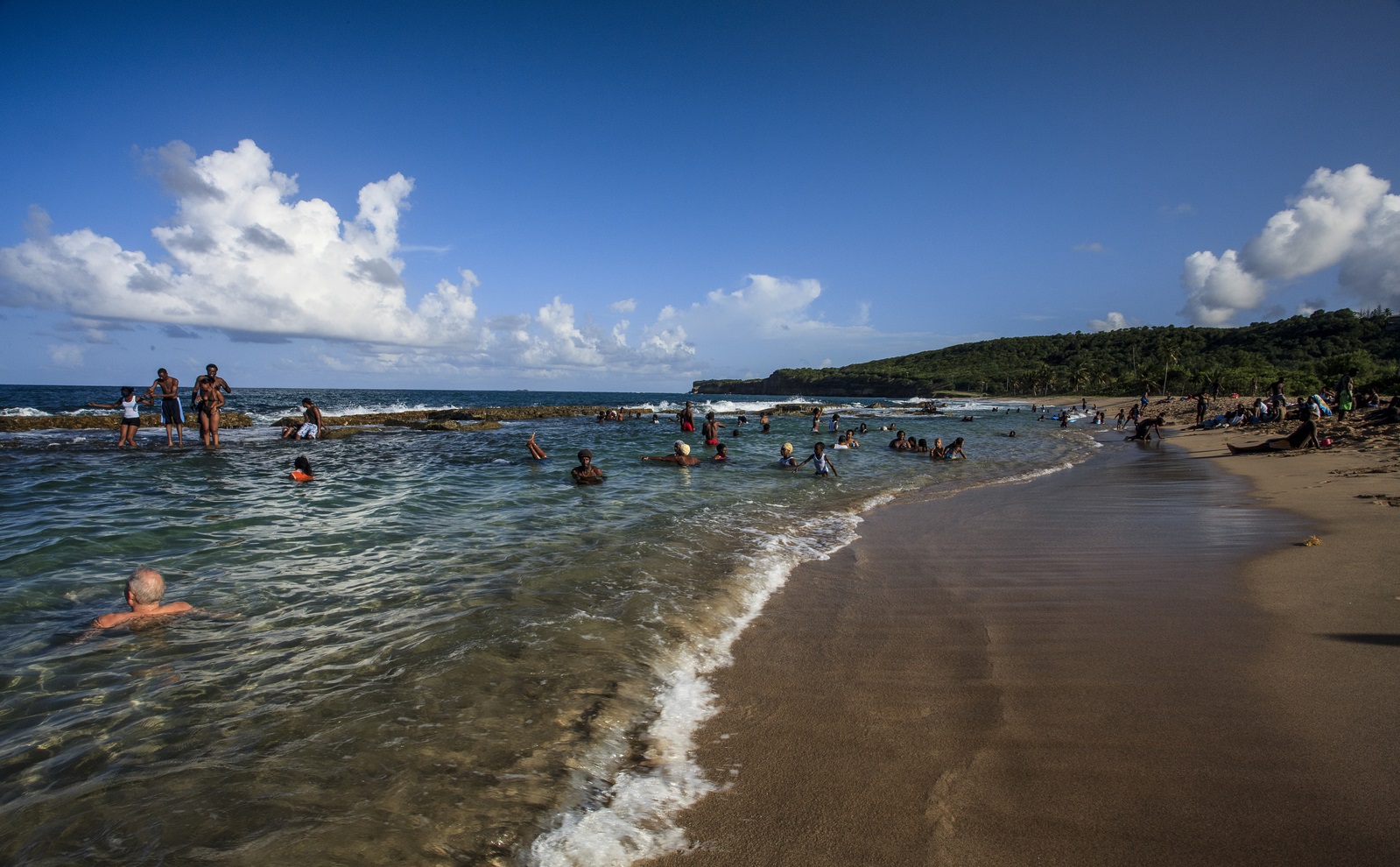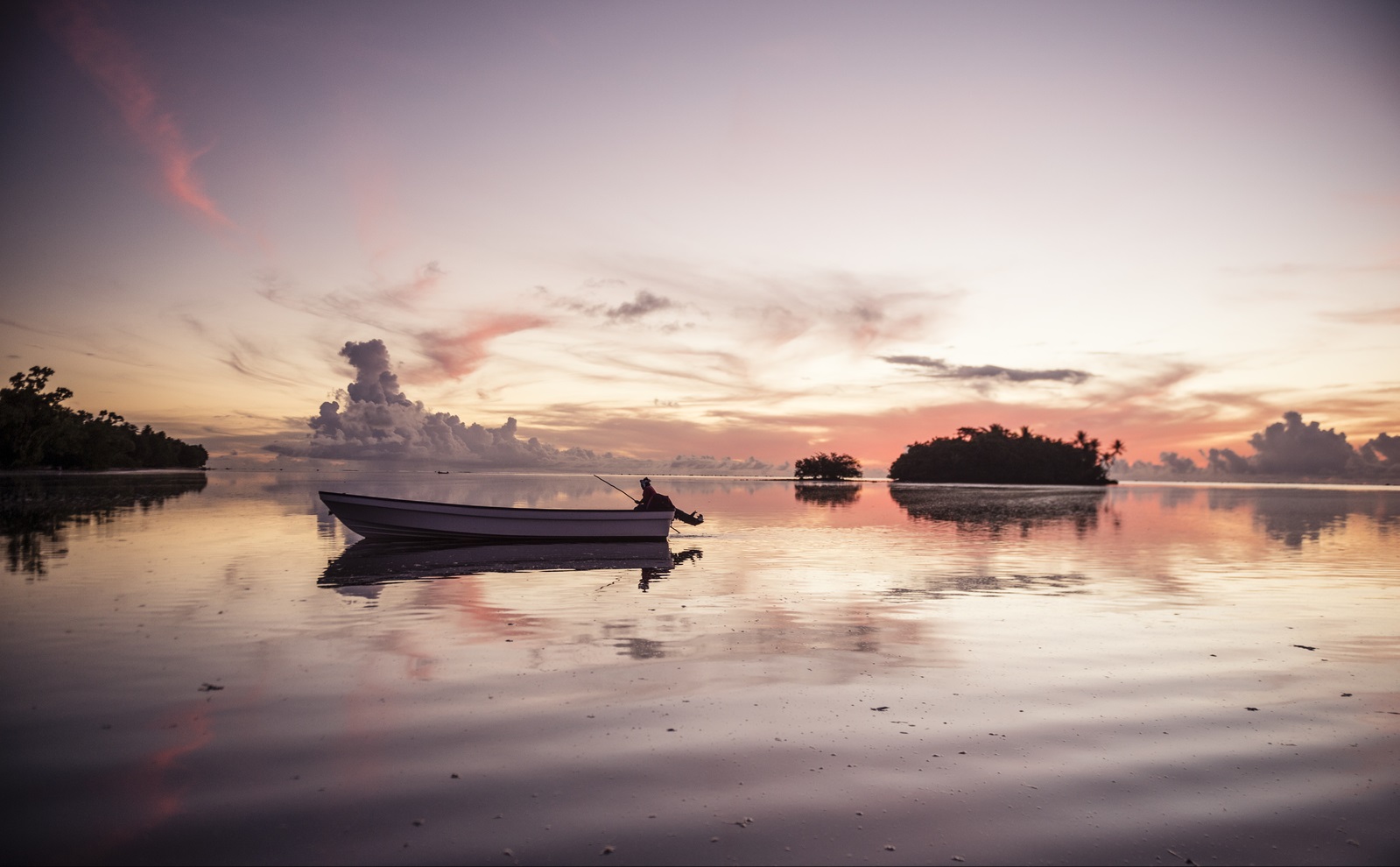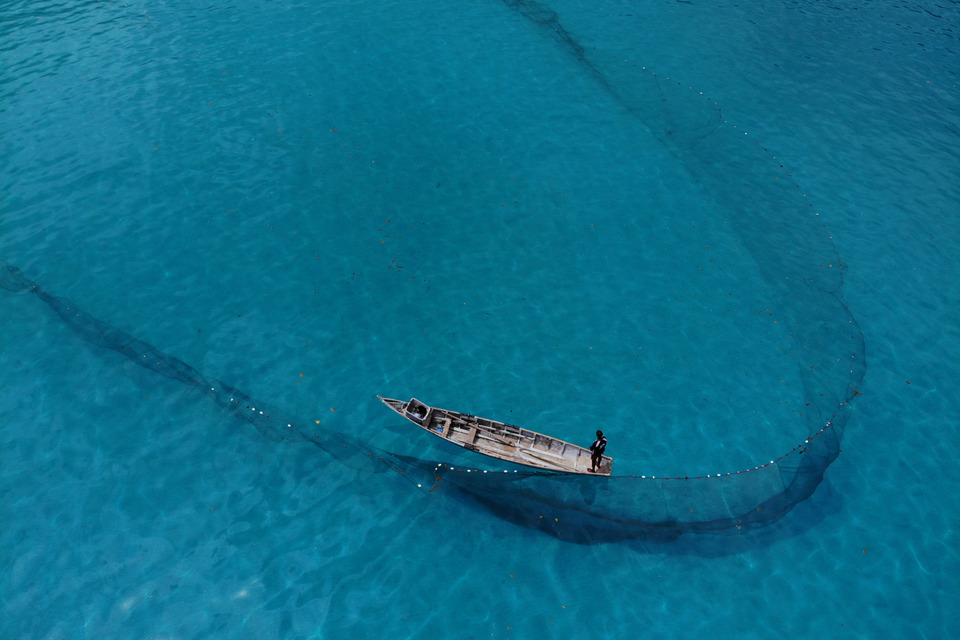Overview
Marine Spatial Planning (MSP) emerged in 2006 in response to a need for implementing ecosystem-based management and incorporate values of the ocean that are not normally captured in a management plan or planning process for a common property resource such as ecosystem services. MSP uses a public participatory process to address ecological, economic and social objectives and has changed the status quo of governance structures and decision-making frameworks to address the complexity of decisions confronting governments for existing and future activities and consider cumulative impacts. The goal of MSP is to be able to account for these other values in the ecosystem and fully account for these to safeguard long-term ecosystem health and the well-being of human communities. Read more about marine spatial planning from IOC-UNESCO.
Historically, marine planners had limited tools to identify and incorporate ecosystem service models to inform marine plans. More recently, ecosystem services have been in marine plans, a sign that these data are very helpful and tools are available to measure these services with respect to planning objectives. In fact, a recent study by Ruckelshaus et al. on “Lessons from the field” published in Ecological Economics (July 2015, Volume 115) found 22 locations around the world where ecosystem services information was used in decision-making. These encouraging examples point to a growing acceptance and applicability of ecosystem services in marine spatial planning.
TNC’s Mapping Ocean Wealth (MOW) datasets have been used to inform several MSP projects to date and there are proposals for further integration as projects evolve. See below for examples of geographies where MOW have, or will be, used.
Learn more about these, and other projects at marineplanning.org.
Top image: © Jeff Yonover. Photo Credits in Text: © Marjo Aho, © Nick Hall, © The Ocean Agency




